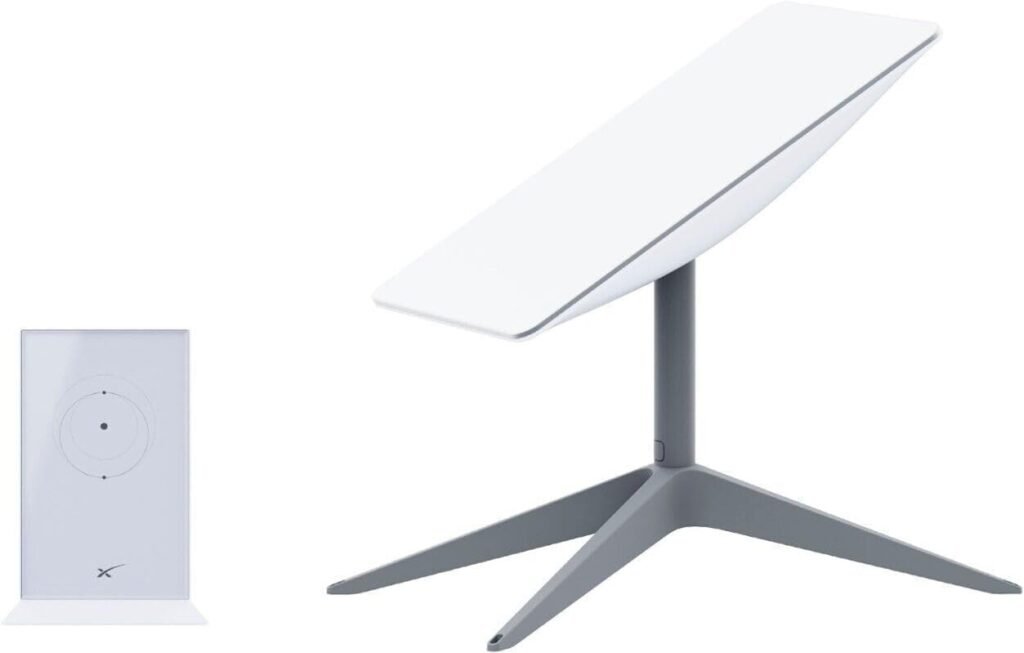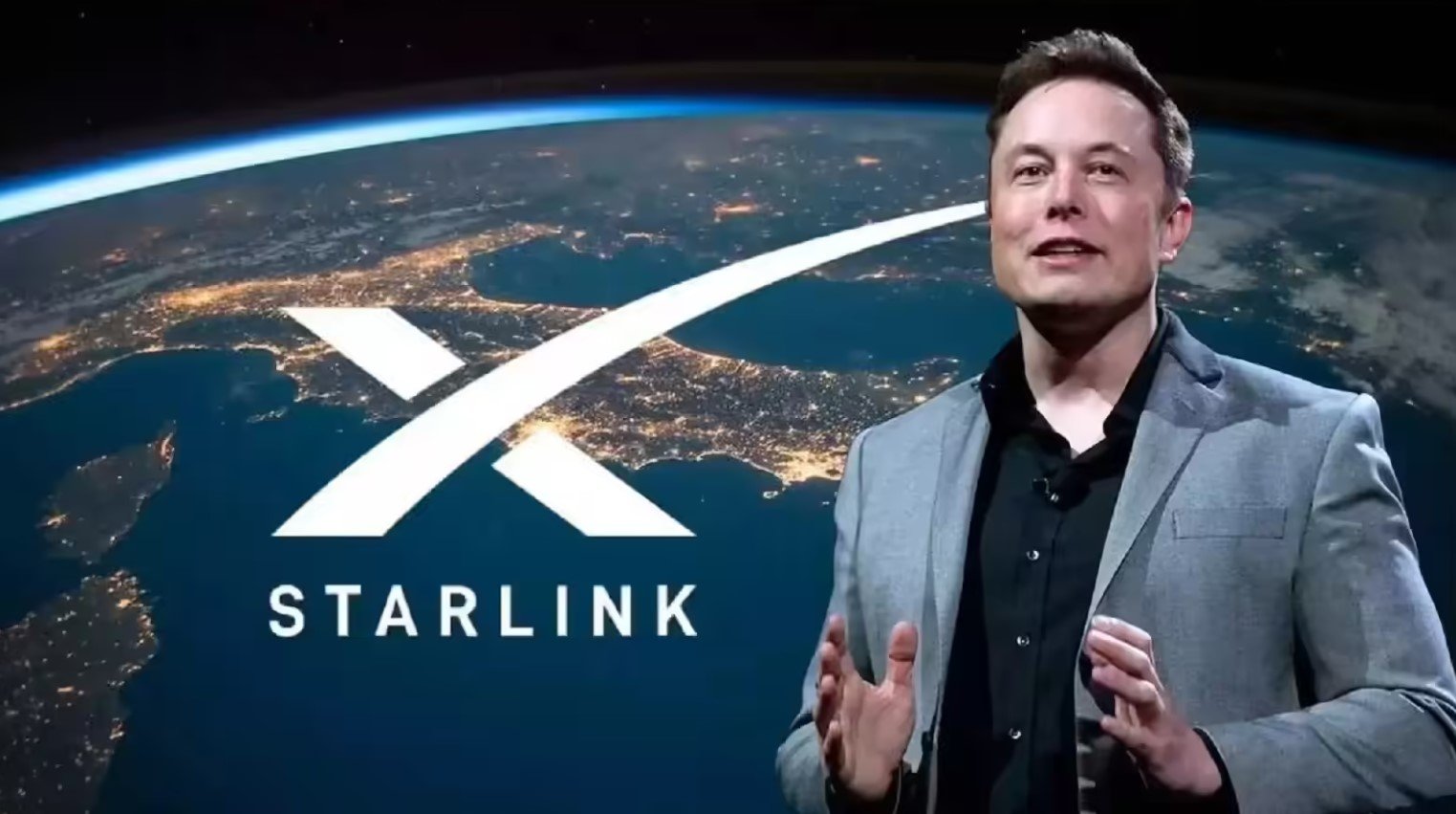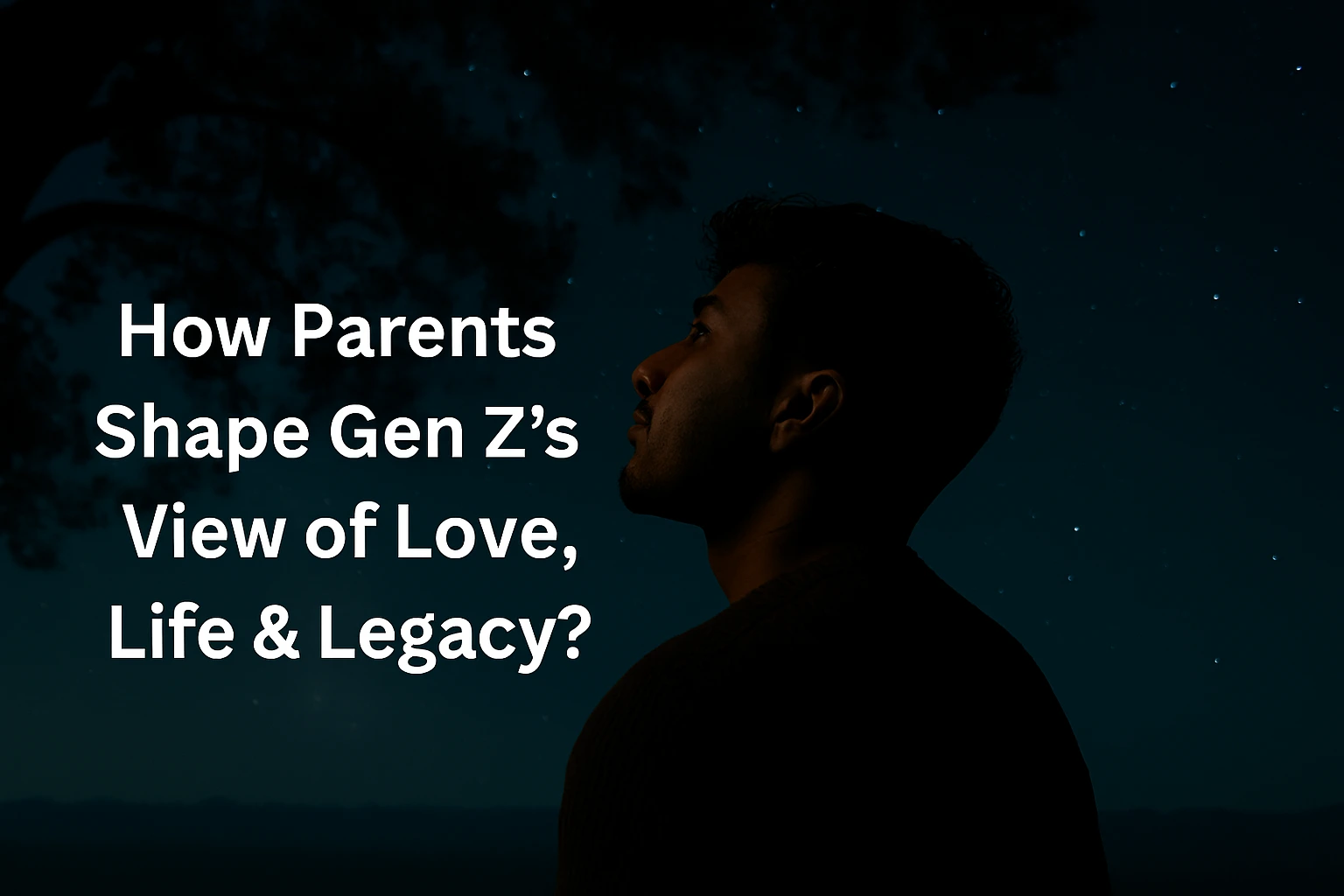July 2025 marks a major milestone for internet connectivity in Sri Lanka, as billionaire entrepreneur Elon Musk officially announced the launch of Starlink services in the country.
“Starlink now available in Sri Lanka!” Musk posted on ‘X’ (formerly Twitter) on 2 July 2025 at 12:08 PM, confirming that Sri Lankans can now access his revolutionary satellite-based internet service.
What Is Starlink? A Game-Changer for Internet Access
Starlink is a satellite internet service operated by SpaceX, the private aerospace company founded by Elon Musk.
Unlike traditional fibre-optic or mobile broadband, Starlink uses thousands of low Earth orbit (LEO) satellites to deliver high-speed, low-latency internet across the globe.
Key benefits of Starlink:
- High-speed broadband in rural and remote areas
- More reliable connections where traditional infrastructure is weak or missing
- Fast deployment without reliance on ground-based cables
The service is already active in nearly 100 countries and is especially valued in areas with poor or no existing internet coverage.
How Did Starlink Get Approved in Sri Lanka?
Starlink’s launch in Sri Lanka follows regulatory changes and government support.
In August 2024, Sri Lanka’s telecommunications law was amended to explicitly permit satellite-based internet services, paving the way for global providers like Starlink to enter the market.
This legal update was critical, as previous laws did not clearly regulate satellite connectivity for consumer use.
Timeline of approval:
- 2024 August – Regulatory approval granted
- 2025 June – Government pilot project begins
- 2025 July – Public commercial availability announced by Elon Musk
Government Pilot Project: Testing Starlink in Sri Lanka
Before the official commercial launch, Sri Lanka’s government ran a pilot project to test Starlink’s effectiveness in local conditions.
Deputy Minister of Digital Economy, Eranga Weerarathne, announced last week that the pilot was already underway, using 10 Starlink devices.
- The trial aimed to evaluate:
- Speed and latency in various regions
- Suitability for rural schools, clinics, and community centres
- Impact on bridging the digital divide
This government initiative demonstrated Sri Lanka’s commitment to modernising its digital infrastructure and making the internet more accessible to all citizens.

Starlink Internet Price in Sri Lanka: How Much Does It Cost?
According to Starlink’s official website, the pricing for Sri Lanka is as follows:
Monthly subscription fee: ~Rs. 15,000 (≈ $50 USD)
One-time hardware cost: ~Rs. 118,000 (≈ $390 USD)
The package includes:
- Unlimited data (no bandwidth caps)
- Starlink dish and router for hardware setup
- High-speed satellite internet connection
Important note:
It is currently unclear whether local taxes are included in the listed prices. Users should verify final costs during purchase.
What Speeds Can Users Expect?
Starlink has not published country-specific speed guarantees for Sri Lanka yet.
However, global users generally experience:
- Download speeds of 50–200 Mbps
- Upload speeds of 10–20 Mbps
- Latency as low as 20–40 ms
These speeds are transformational in regions where typical mobile or ADSL connections struggle to reach even 5–10 Mbps.
Who Is Starlink For in Sri Lanka?
Starlink’s biggest promise is bridging the urban-rural connectivity gap.
Ideal users include:
- Residents in remote villages with no fibre-optic lines
- Small businesses in rural areas
- Farmers needing reliable access to market data
- Schools and clinics far from cities
- Disaster-prone regions needing redundant communication systems
For these groups, Starlink offers a lifeline to modern connectivity, improving education, commerce, and emergency response.
Global Footprint: Starlink’s Worldwide Coverage
As of mid-2025, Starlink is available in nearly 100 countries, including:
- United States
- Canada
- Australia
- Most of Europe
- Parts of Africa
- India (rolling out regionally)
- Now, Sri Lanka
This broad coverage is made possible by thousands of satellites in low Earth orbit, with SpaceX continuously launching new batches to expand capacity and reduce latency.

How Does Starlink Work? The Technology ExplainedStarlink’s technology relies on:
- Constellation of LEO satellites (~550 km altitude)
- Ground-based stations linking to the global internet backbone
- User terminals (dishes) that track moving satellites automatically
Unlike traditional geostationary satellites (~36,000 km altitude), LEO satellites reduce signal delay dramatically, making online gaming, video calls, and streaming feasible even in remote areas.
Public-Private Partnership: Why Sri Lanka Welcomes Starlink
Sri Lanka’s government has actively sought foreign investment and partnerships to improve digital infrastructure.
- With challenges like:
- Difficult terrain
- Scattered rural settlements
- Limited fibre-optic expansion budget
Satellite internet offers a scalable, fast-deployment solution to connect unserved regions.
By amending telecom laws and testing Starlink in pilot projects, Sri Lanka signals its openness to new technology and investment—vital for economic recovery after years of financial crisis.
Economic Impact: What Starlink Means for Sri Lanka
For businesses:
- Better access to global markets
- Remote work opportunities
- E-commerce expansion
For education:
- Online learning for rural schools
- Access to global resources
For healthcare:
- Telemedicine in remote clinics
- Real-time consultation with specialists
For tourism:
- Connectivity for off-grid resorts
- Enabling digital nomads
Starlink’s launch aligns with Sri Lanka’s vision of a digitally connected, knowledge-based economy.
Challenges and Considerations
While Starlink is promising, it’s not without challenges:
Affordability:
- Hardware cost of ~Rs. 118,000 is high for many rural families.
- Monthly fee of Rs. 15,000 may be out of reach without subsidies.
Regulation and competition:
- Need to ensure fair competition with local ISPs.
- Avoid regulatory capture or favouritism.
Environmental concerns:
- Large satellite constellations raise questions about space debris and light pollution.
A New Era for Sri Lanka’s Internet
Elon Musk’s announcement confirms Sri Lanka as Starlink’s newest market, delivering a historic leap in connectivity for the island nation.
For thousands in remote areas, it represents hope for better education, economic opportunity, and inclusion in the digital world.
The challenge now is to ensure affordable access and responsible deployment—so that Starlink’s promise of universal internet truly benefits all Sri Lankans.







